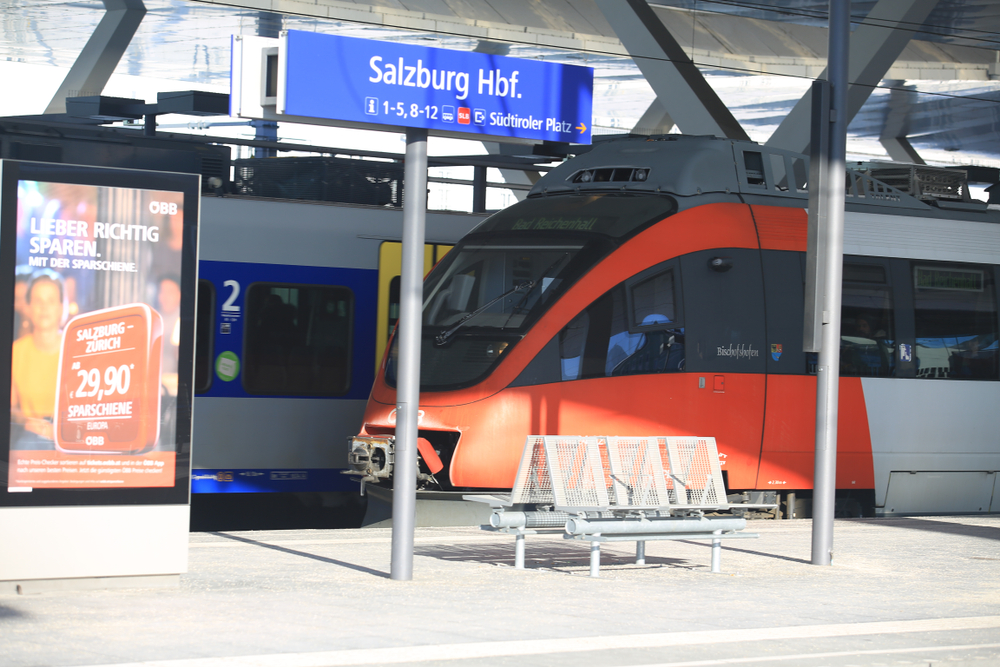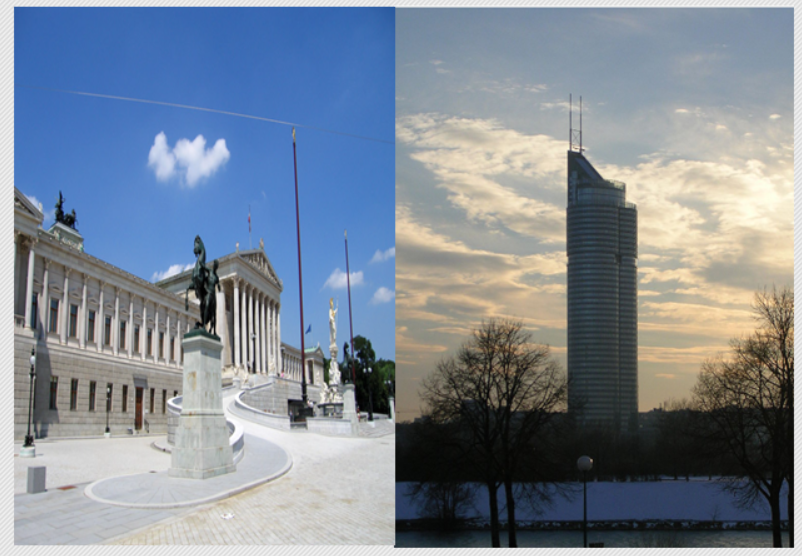Vienna, the capital city of Austria, has a rich and complex history that spans over 2,000 years. The city's history is a blend of various cultures, empires, and historical events that have shaped it into the beautiful and vibrant city it is today. Here are some key moments in Vienna's history:
Roman Empire (1st century BC - 5th century AD): The Romans founded the city of Vienna in 15 BC and named it Vindobona. During this period, Vienna was an important center for trade and commerce, and it was also a key military base.
Middle Ages (5th century - 13th century): After the fall of the Roman Empire, Vienna was part of the Germanic kingdoms and later became a significant trading center during the Middle Ages. In the 13th century, Vienna became the residence of the Babenberg dynasty, which ruled the Duchy of Austria.
Habsburg Dynasty (13th century - 1918): In 1278, the Habsburg dynasty took over the rule of Austria, and Vienna became their main residence. This period saw the construction of many grand buildings, including the Hofburg Palace, St. Stephen's Cathedral, and the Belvedere Palace. The Habsburgs also established the University of Vienna, which became a center of learning and culture.
Baroque Period (17th century): During the Baroque period, Vienna experienced a cultural and artistic renaissance, with famous artists such as Mozart, Haydn, and Beethoven living and working in the city. The city's architecture, music, and art flourished during this time, and many of its iconic landmarks, such as the Schönbrunn Palace, were built during this period.
Enlightenment and Revolution (18th-19th century): The Enlightenment brought significant changes to Vienna, with the establishment of new scientific and philosophical institutions, such as the Academy of Sciences and the University of Vienna. However, the 19th century also saw political turmoil, with the Revolutions of 1848 and 1866, which aimed to establish democratic reforms and independence from the Habsburg monarchy.
Fin de Siècle (late 19th-early 20th century): The late 19th and early 20th centuries saw a cultural and intellectual boom in Vienna, known as the "Fin de Siècle." This period was characterized by the rise of psychoanalysis, with Sigmund Freud being one of its most prominent figures. The city also became a hub for modern art, literature, and music, with artists like Gustav Klimt, Egon Schiele, and Arnold Schönberg contributing to the city's cultural landscape.
World War I and II (20th century): During World War I, Vienna was the capital of the Austro-Hungarian Empire, and the city suffered significantly during the war. Following the war, Austria was reduced to a small republic, and Vienna lost its status as a imperial capital. During World War II, Austria was annexed by Nazi Germany, and Vienna was occupied by Soviet troops until 1955.
Post-War Era (mid-20th century): After World War II, Vienna began to rebuild and recover. The city hosted international organizations such as the United Nations and became a center for diplomacy and international relations. The city also continued to thrive culturally, with the establishment of new museums, opera houses, and concert halls.
Modern Vienna (late 20th century-present): Today, Vienna is a bustling metropolis with a diverse economy, rich cultural heritage, and high standard of living. It continues to be a hub for arts, science, and innovation, attracting visitors and residents from around the world.
Vienna, the capital city of Austria, has a rich and complex history that spans over 2,000 years. The city's history is a blend of various cultures, empires, and historical events that have shaped it into the beautiful and vibrant city it is today. Here are some key moments in Vienna's history:
Roman Empire (1st century BC - 5th century AD): The Romans founded the city of Vienna in 15 BC and named it Vindobona. During this period, Vienna was an important center for trade and commerce, and it was also a key military base.
Middle Ages (5th century - 13th century): After the fall of the Roman Empire, Vienna was part of the Germanic kingdoms and later became a significant trading center during the Middle Ages. In the 13th century, Vienna became the residence of the Babenberg dynasty, which ruled the Duchy of Austria.
Habsburg Dynasty (13th century - 1918): In 1278, the Habsburg dynasty took over the rule of Austria, and Vienna became their main residence. This period saw the construction of many grand buildings, including the Hofburg Palace, St. Stephen's Cathedral, and the Belvedere Palace. The Habsburgs also established the University of Vienna, which became a center of learning and culture.
Baroque Period (17th century): During the Baroque period, Vienna experienced a cultural and artistic renaissance, with famous artists such as Mozart, Haydn, and Beethoven living and working in the city. The city's architecture, music, and art flourished during this time, and many of its iconic landmarks, such as the Schönbrunn Palace, were built during this period.
Enlightenment and Revolution (18th-19th century): The Enlightenment brought significant changes to Vienna, with the establishment of new scientific and philosophical institutions, such as the Academy of Sciences and the University of Vienna. However, the 19th century also saw political turmoil, with the Revolutions of 1848 and 1866, which aimed to establish democratic reforms and independence from the Habsburg monarchy.
Fin de Siècle (late 19th-early 20th century): The late 19th and early 20th centuries saw a cultural and intellectual boom in Vienna, known as the "Fin de Siècle." This period was characterized by the rise of psychoanalysis, with Sigmund Freud being one of its most prominent figures. The city also became a hub for modern art, literature, and music, with artists like Gustav Klimt, Egon Schiele, and Arnold Schönberg contributing to the city's cultural landscape.
World War I and II (20th century): During World War I, Vienna was the capital of the Austro-Hungarian Empire, and the city suffered significantly during the war. Following the war, Austria was reduced to a small republic, and Vienna lost its status as a imperial capital. During World War II, Austria was annexed by Nazi Germany, and Vienna was occupied by Soviet troops until 1955.
Post-War Era (mid-20th century): After World War II, Vienna began to rebuild and recover. The city hosted international organizations such as the United Nations and became a center for diplomacy and international relations. The city also continued to thrive culturally, with the establishment of new museums, opera houses, and concert halls.
Modern Vienna (late 20th century-present): Today, Vienna is a bustling metropolis with a diverse economy, rich cultural heritage, and high standard of living. It continues to be a hub for arts, science, and innovation, attracting visitors and residents from around the world.













